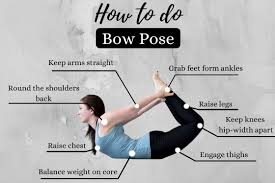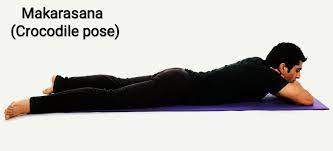1. Seated Cat-Cow:
- Start by sitting in Vajrasana (Thunderbolt Pose), with your hands resting on your thighs.
- As you inhale, arch your spine and lift your chest, gently looking up (Cow Pose).
- As you exhale, round your spine, tucking your chin toward your chest (Cat Pose).
- Repeat this flowing movement, coordinating it with your breath, for several rounds, focusing on the gentle mobilization of your spine.
2. Neck Rolls:
- Sit in a comfortable cross-legged position or Vajrasana.
- Gently drop your right ear towards your right shoulder, allowing your head to tilt to the side.
- Slowly roll your chin down towards your chest, and then bring your left ear towards your left shoulder.
- Continue this circular movement, rotating your head in one direction and then reversing the direction after a few rounds.
- Be mindful of any tension or discomfort and move with slow, controlled motions.
3. Shoulder Rolls:
- Sit in a comfortable position with your hands resting on your thighs.
- Inhale as you lift your shoulders up towards your ears, creating tension.
- As you exhale, roll your shoulders back and down, opening up your chest.
- Continue this rolling movement, coordinating it with your breath, for several rounds, alternating the direction of the shoulder rolls.
4. Spinal Twist:
- Sit in a cross-legged position or Vajrasana.
- Place your right hand on your left knee or thigh.
- Inhale and lengthen your spine, and as you exhale, gently twist your torso to the left, looking over your left shoulder.
- Hold the twist for a few breaths, feeling the gentle rotation in your spine.
- Repeat on the other side, placing your left hand on your right knee or thigh and twisting to the right.
Remember, these mobility exercises are meant to be gentle and comfortable. They aim to warm up the body and increase the range of motion gradually. It's important to listen to your body and modify or avoid any movements that cause pain or discomfort. If you have any pre-existing medical conditions or injuries, consult with a qualified yoga instructor or healthcare professional before attempting these exercises.











